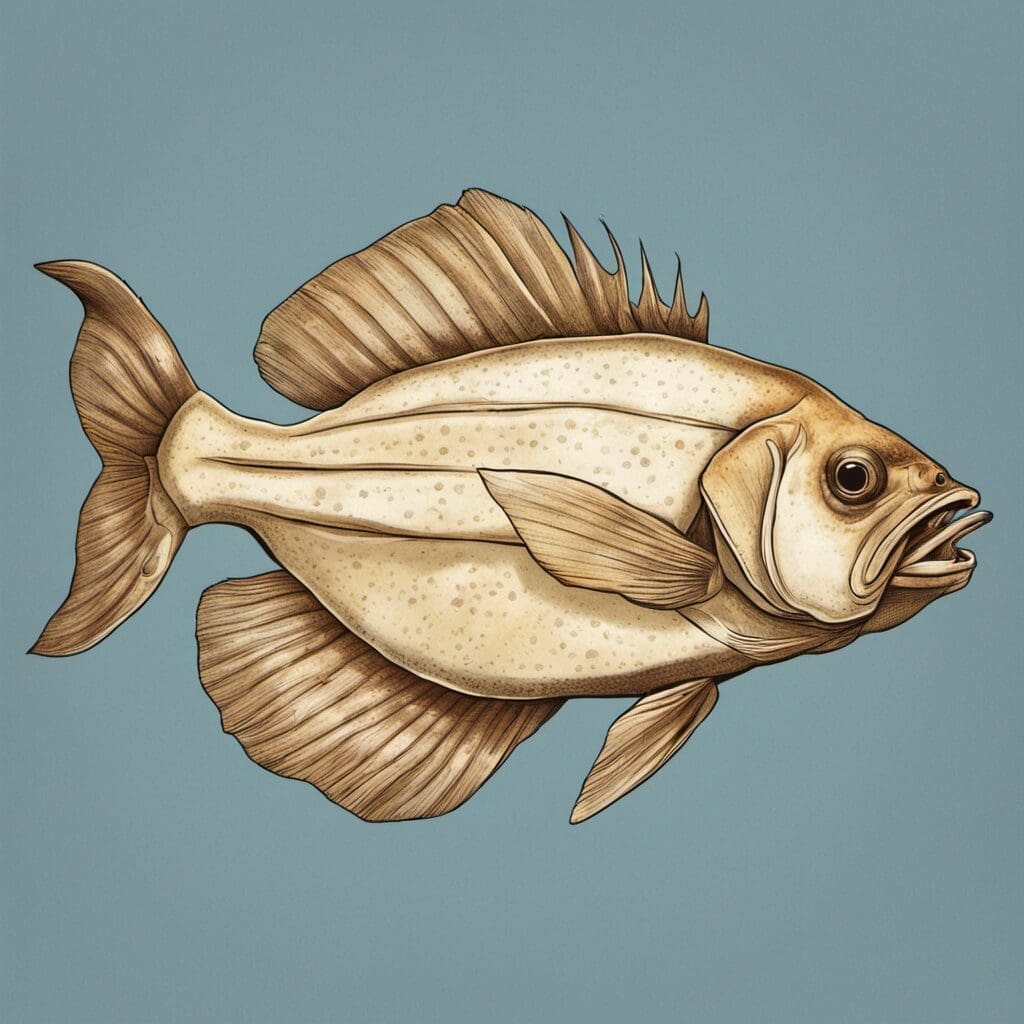Introduction
The Petrale Sole (Eopsetta jordani) is a species of righteye flounder within the Pleuronectidae family.
Conservation Status
According to the National Marine Fisheries Service’s status review, the Petrale Sole is not in danger of extinction. No information has been found regarding specific conservation efforts for this species.
Statistics
| Statistics | Average | Range |
|---|---|---|
| Length | 35 cm | 20-60 cm |
| Weight | 0.9 kg | 0.7-1.1 kg |
| Average Lifespan | 16 years | Data not found |
Distribution
Petrale Sole are distributed along the Pacific coast of North America from Baja California to the Bering Sea. They do not have specific migration patterns.
Habitat
Petrale Sole are found in both shallow and deep waters (up to 550 meters). They prefer sandy or muddy bottoms. The species can tolerate a wide range of water temperatures.
When and Where to See
Petrale Sole are more abundant during the winter months. They can typically be found during the day on the sea bottom.
Best Fishing Locations
Some of the top fishing locations for Petrale Sole include:
- Halibut Bank, Strait of Georgia, British Columbia
- Bodega Bay, California
- Fishing grounds off Washington and Oregon
To find Petrale Sole, look for areas with sandy or muddy bottoms.
How to Catch
Petrale Sole respond well to both baits and lures. Popular techniques include bottom fishing and trolling. The best fishing times are during the winter months.
Identification Guide
Petrale Sole are characterized by their eyeless left side and eyed right side, with a slightly rounded body shape. They are light to dark brown on their blind side and olive brown on their ocular side. They can be distinguished from other species by the absence of body spots.
Culinary
Petrale Sole has a mild, sweet flavor and a firm texture. It is low in fat and high in protein. Common cooking methods include grilling, baking, and sautéing.
Additional Information
Petrale Sole feed on a diet of shrimp, octopus, and small fish. Their primary predators are larger fish and marine mammals. The species has been historically important to commercial fisheries on the U.S. west coast.

